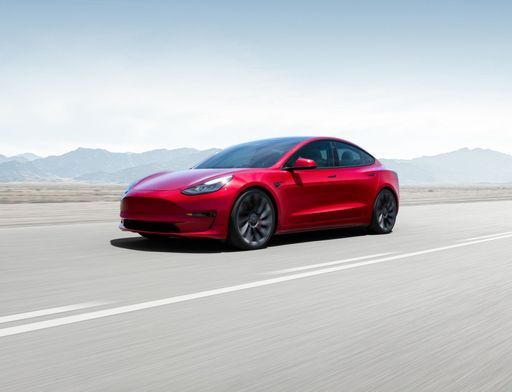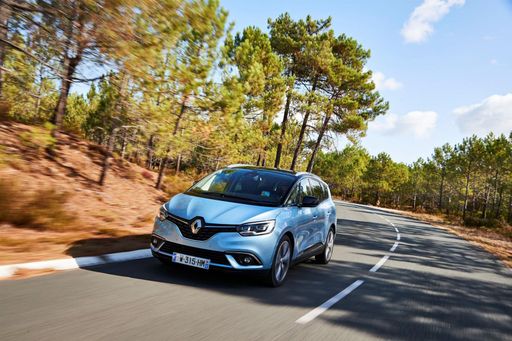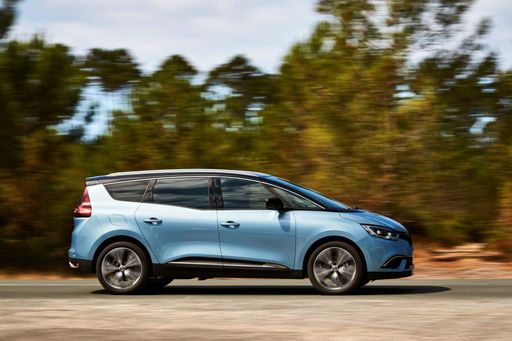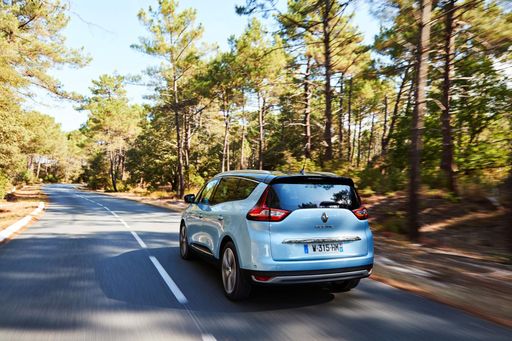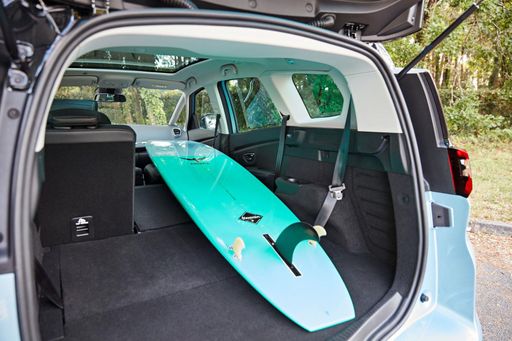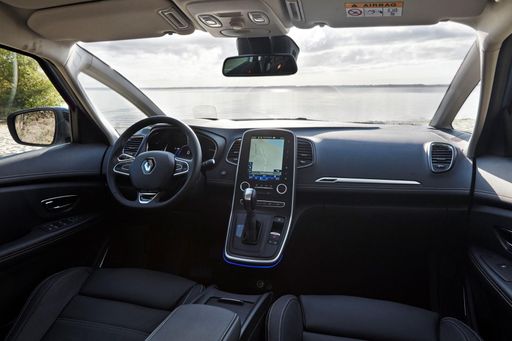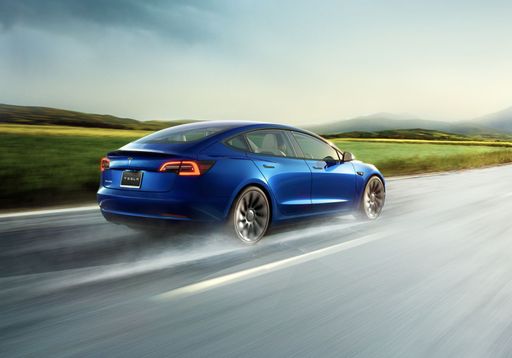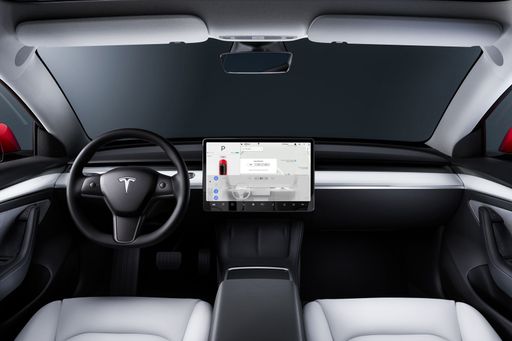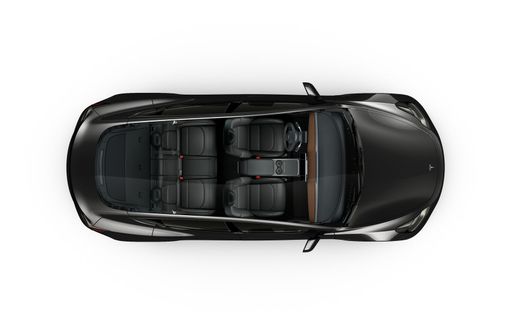Renault Scénic vs Tesla Model 3: A Clash of Electric Titans
As electric vehicles (EVs) surge in popularity, potential buyers often find themselves at a crossroads, selecting between various innovative options available in the market. Two prominent contenders worth examining are the Renault Scénic and the Tesla Model 3. This article delves into a comprehensive comparison of these two electric vehicles, analyzing their technical aspects, innovations, and overall driving experience.

